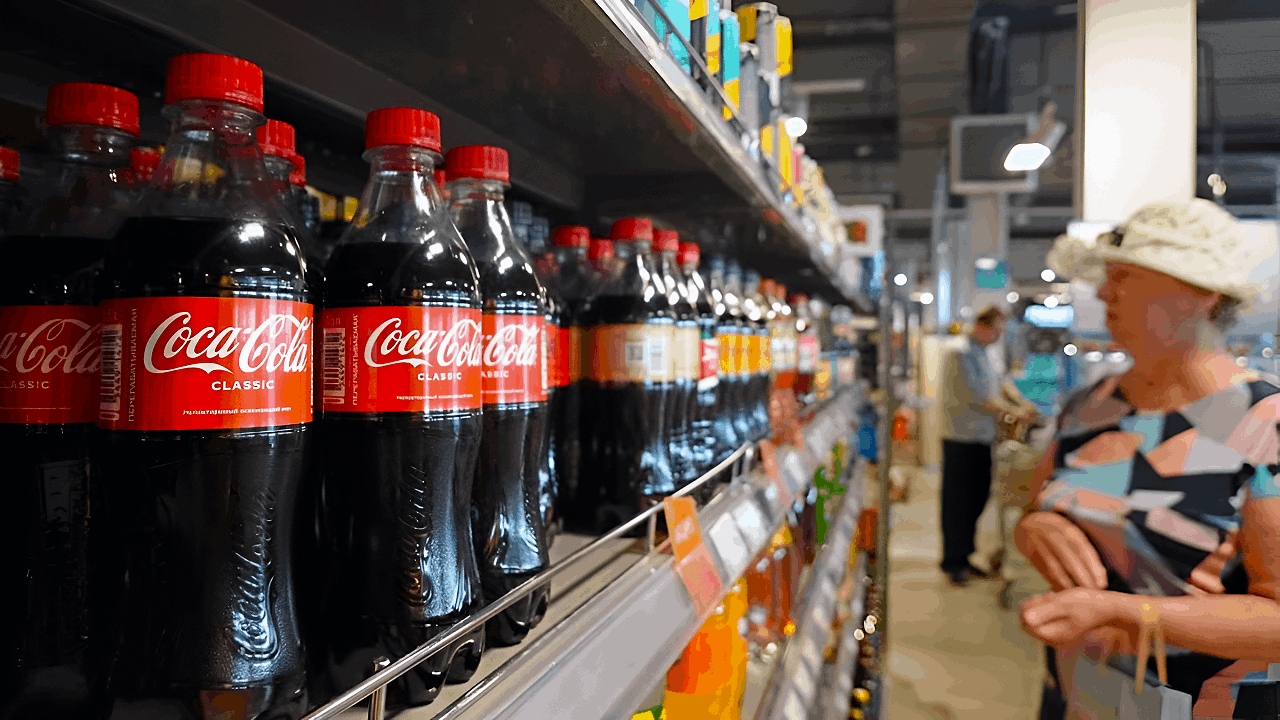
Coca-Cola, one of the world’s most recognized beverage brands, is facing a notable challenge in parts of Texas. This October, the company initiated a recall for several flagship sodas after reports of possible metal contamination surfaced.
The move impacts select batches of regular Coke, Coca-Cola Zero Sugar, and Sprite, with action led by Coca-Cola Southwest Beverages and monitored by federal safety authorities.
According to USA Today and the FDA, over 4,000 cans are subject to the recall, but the full details of the discovery are still emerging.
Recalls Target Texas

The recall covered products distributed in McAllen, San Antonio, and the Rio Grande Valley. Specific batch codes documented in FDA reports helped local retailers identify affected units.
A Coca-Cola spokesman emphasized that the issue was limited to “parts of Texas,” reassuring customers in other regions. Contaminated cans were removed from store shelves by October 10 to prevent further exposure.
Discovery and Action
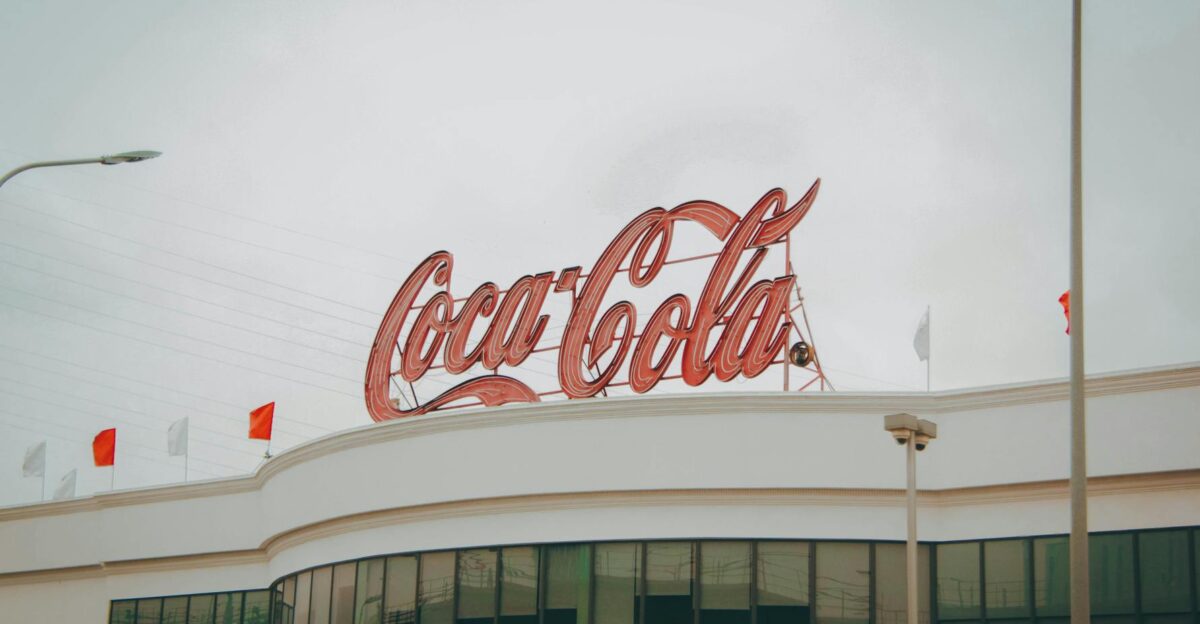
Quality control teams at Coca-Cola Southwest Beverages first detected anomalies in routine checks in early October. Following internal protocols, the company swiftly filed a voluntary recall with regulatory authorities.
The FDA reviewed and classified the incident as Class II on October 20. These steps were detailed in both FDA reports and news articles, outlining the sequence of decisions.
What a Class II Recall Means
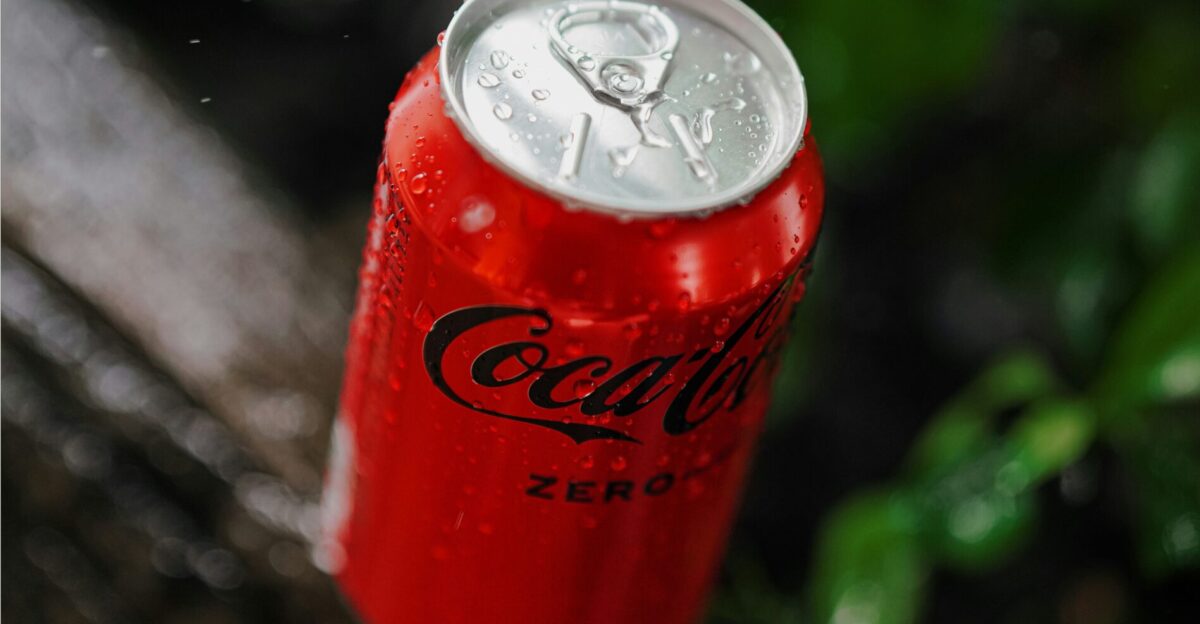
The FDA defines a Class II recall as a situation where products may cause temporary or medically reversible harm, but serious outcomes are unlikely to occur.
In this case, trace metal particles were identified in some cans. FDA officials cited concerns over the “potential presence of foreign material (metal) in the product.” They therefore instructed immediate removal, though no consumer injuries were reported at the time.
Scope and Products Involved

More than 4,000 cans of Coca-Cola, Coca-Cola Zero Sugar, and Sprite—primarily in 12-ounce sizes from various multi-packs—were affected.
Specific code dates listed by Coca-Cola Southwest Beverages included products manufactured between February and June 2025. Consumers were provided with details to check batch codes against official recall lists to ensure safety.
Consumer Safety Steps

The FDA urged anyone with affected sodas in Texas to stop consumption and return them for a refund. Coca-Cola coordinated closely with retailers to ensure the availability of guidance and remove products quickly.
Media coverage stressed that this proactive effort helped contain the risk and prevent escalation beyond the affected zones.
Production Insights
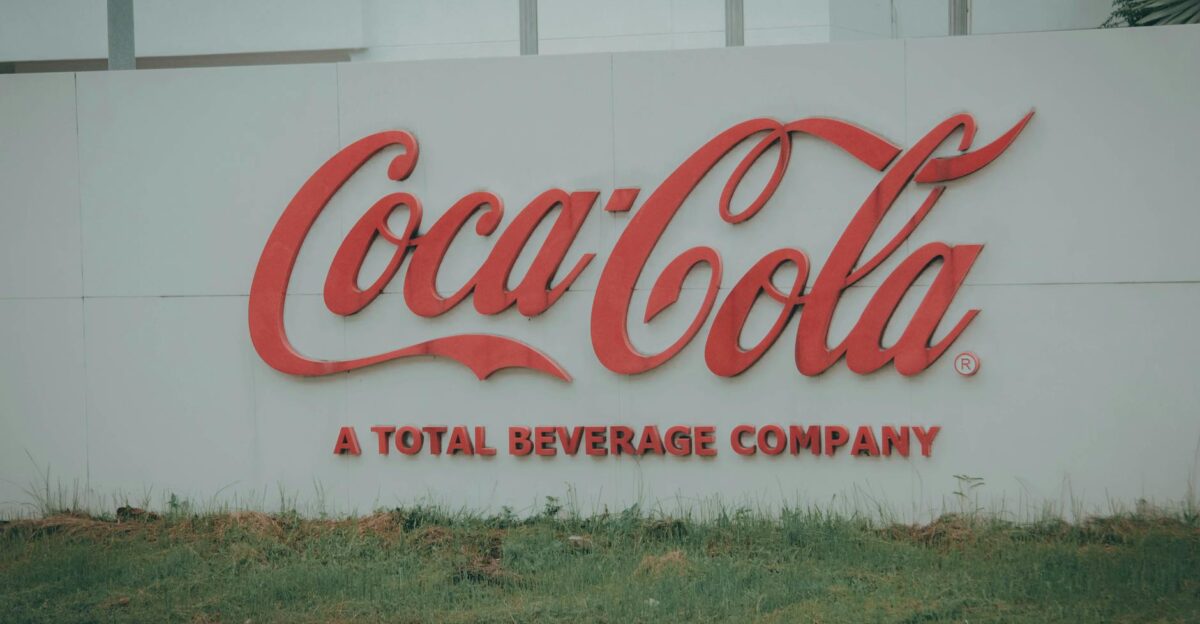
Investigations revealed that the metal particles likely originated from wear on machinery during high-volume bottling operations.
Industry experts confirm that equipment friction occasionally produces contaminants, particularly in demanding production environments.
The FDA recommended further inspection and preventive maintenance to reduce the chances of recurrence.
A Parallel Product Launch
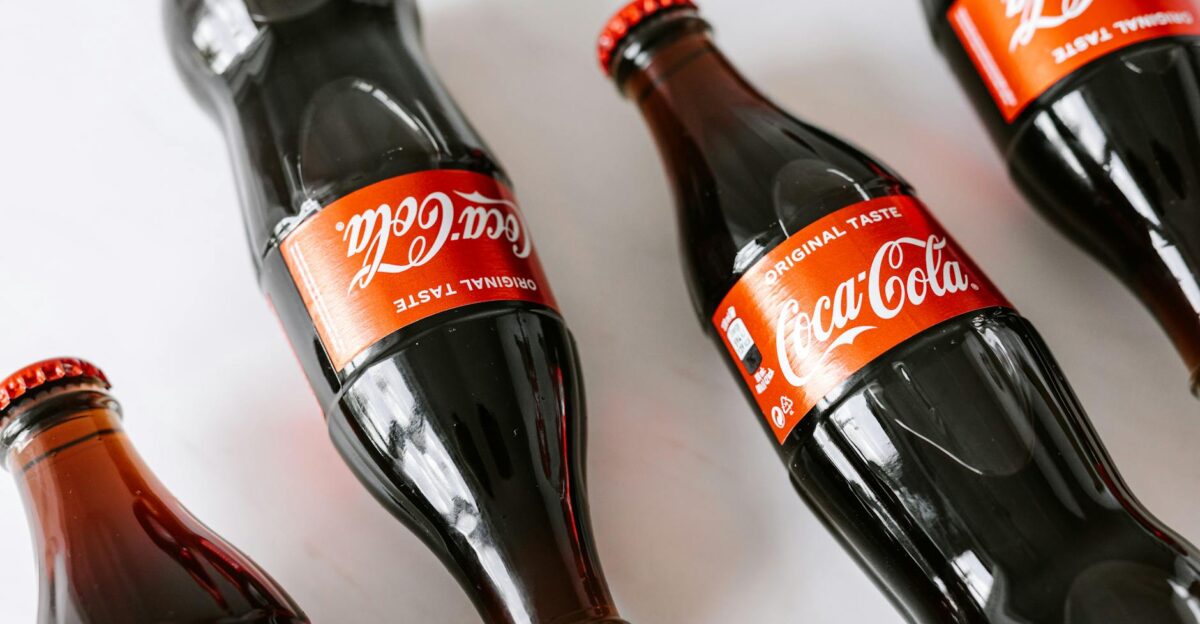
Coinciding with the recall, Coca-Cola began rolling out a new line of cane sugar products. According to USA Today, the first batches of 12-ounce glass bottles sweetened with U.S. cane sugar started reaching select markets on October 21.
The move reflects the company’s strategy to diversify its sweetener sources and reintroduce more traditional flavors.
Manufacturing Shifts

The shift to domestic cane sugar is logistically complex as U.S. production is relatively limited. Industry analysis predicts a gradual rollout over several months.
Coca-Cola aims to reduce its reliance on imports and meet the rising demand for “real sugar” beverages, blending tradition with innovation in its expanded portfolio.
Interest in Cane Sugar Coke
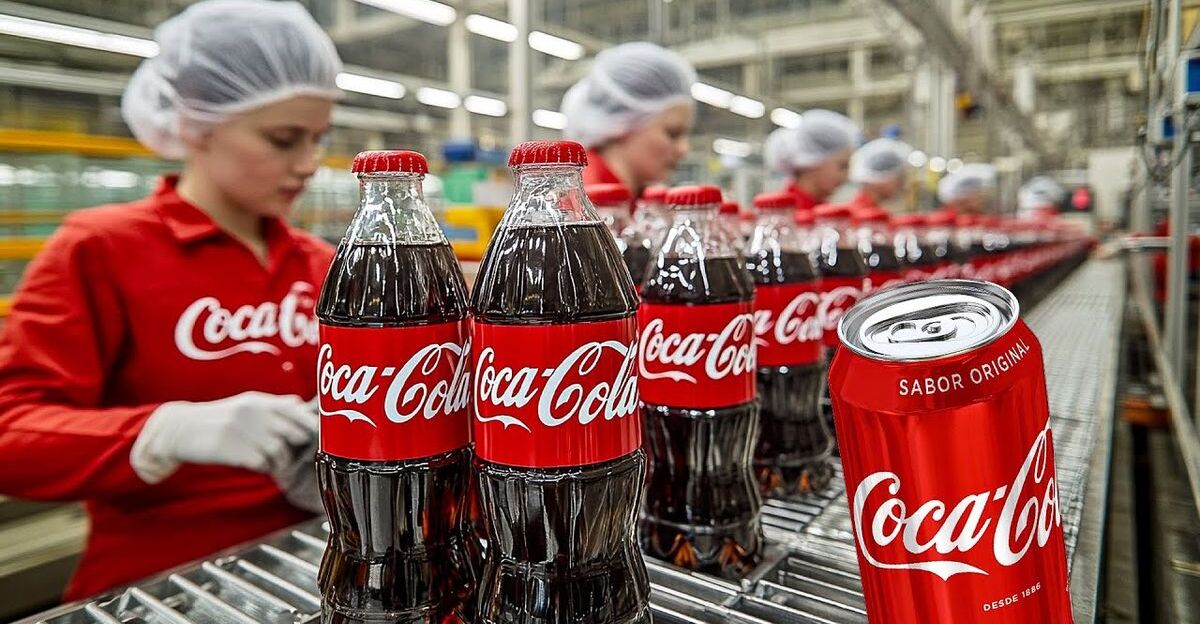
Consumers familiar with “Mexican Coke” appreciate the smoother taste of cane sugar varieties. Reports indicate a resurgence in public interest in drinks with simpler ingredient lists.
Retailers expect Coke with cane sugar to appeal to health-conscious shoppers seeking alternatives to high-fructose corn syrup options.
Is There a Connection?
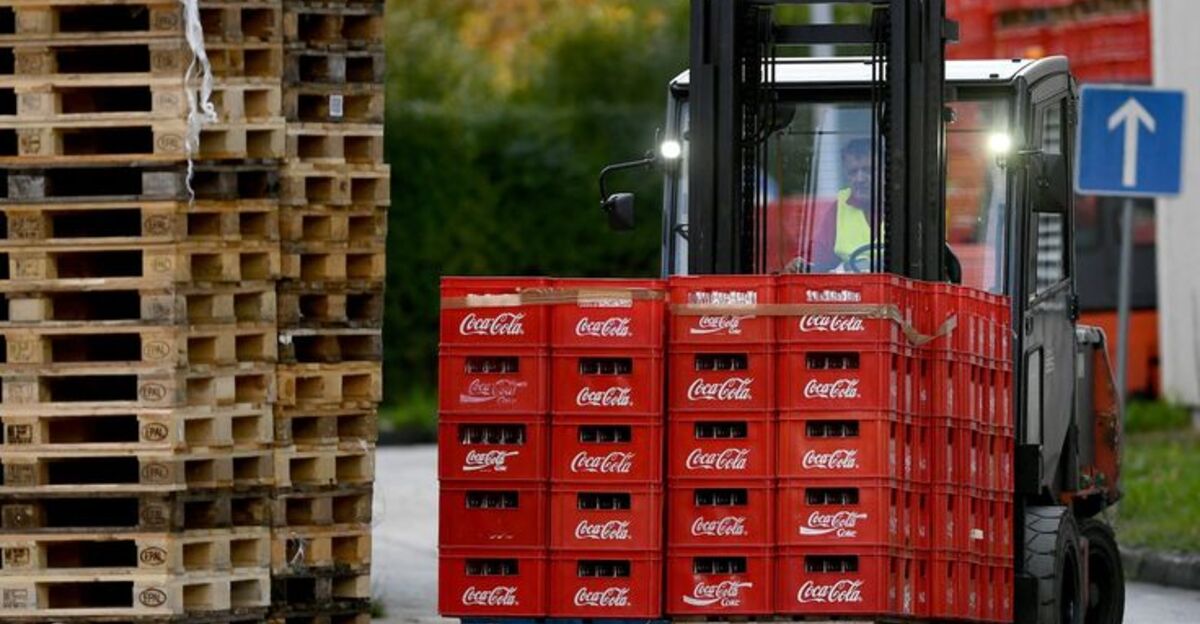
Although the recall and the launch of cane sugar occurred in the same month, news coverage shows no direct link between them.
The simultaneous timing drew public attention, but industry officials confirmed the decisions were independently managed by separate divisions within Coca-Cola. Clarity in communication helped prevent confusion among consumers.
Reinforcing Quality Controls

Coca-Cola Southwest Beverages, managed by Arca Continental, adheres to stringent ISO food safety standards.
In response to the recall, additional machinery inspections and enhanced quality audits were implemented across Texas plants. Analysts noted that fast action successfully minimized disruption for stores and consumers.
Efficient Retailer Response

Supermarkets and grocery stores across Texas acted quickly to remove flagged cans, using established channels to coordinate returns.
The supply chain impact was limited, with many retailers restocking within a week. Financial experts estimate that the overall costs will be relatively minor due to the contained geographic scope and efficient recall.
Assessing Consumer Risk
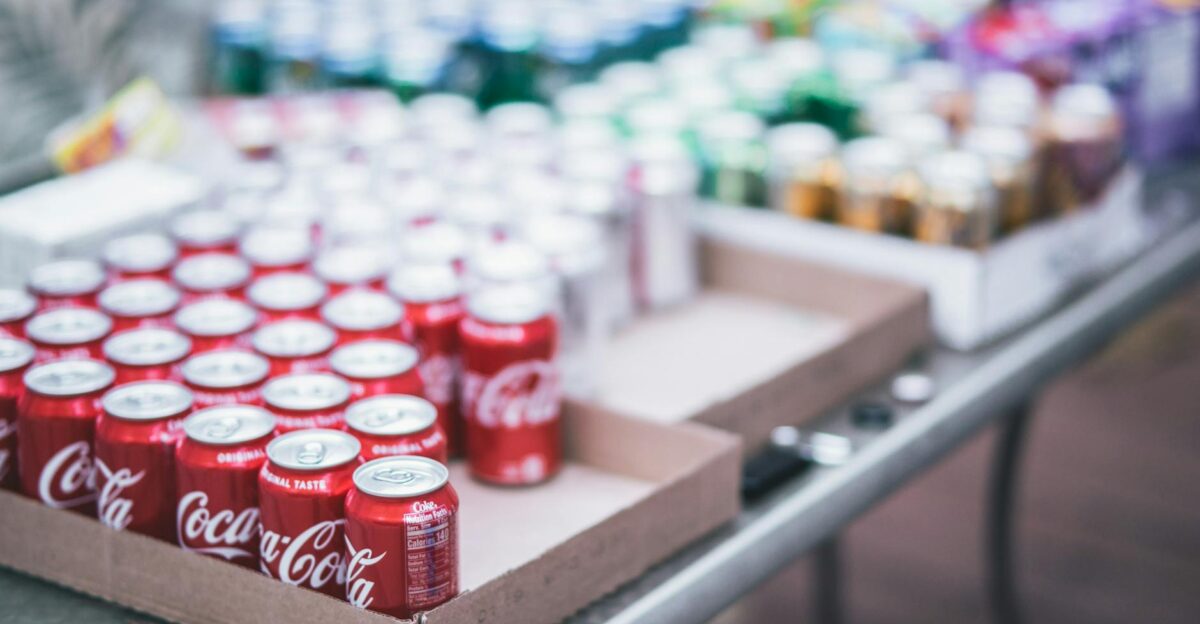
The FDA emphasized that metal fragments found in the recalled cans posed minimal health risks. Ingesting metal particles may cause minor discomfort, but serious injury is unlikely.
Public health agencies urged residents to verify codes before consuming soda purchased in the affected timeframe.
Brand Response
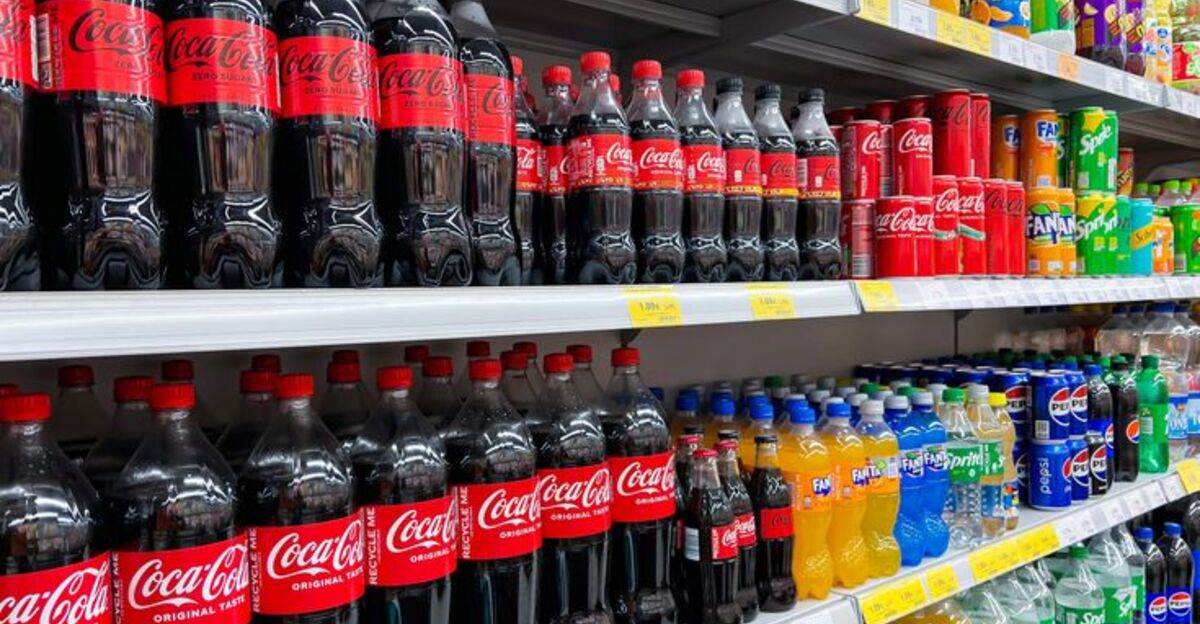
Coca-Cola has not issued a full public statement, but internal communications indicate that it is cooperating thoroughly with regulators.
Routine maintenance reviews and further equipment upgrades are underway to ensure the safety of future product batches. The company’s response has been described by media outlets as timely and responsible.
Lessons for the Industry
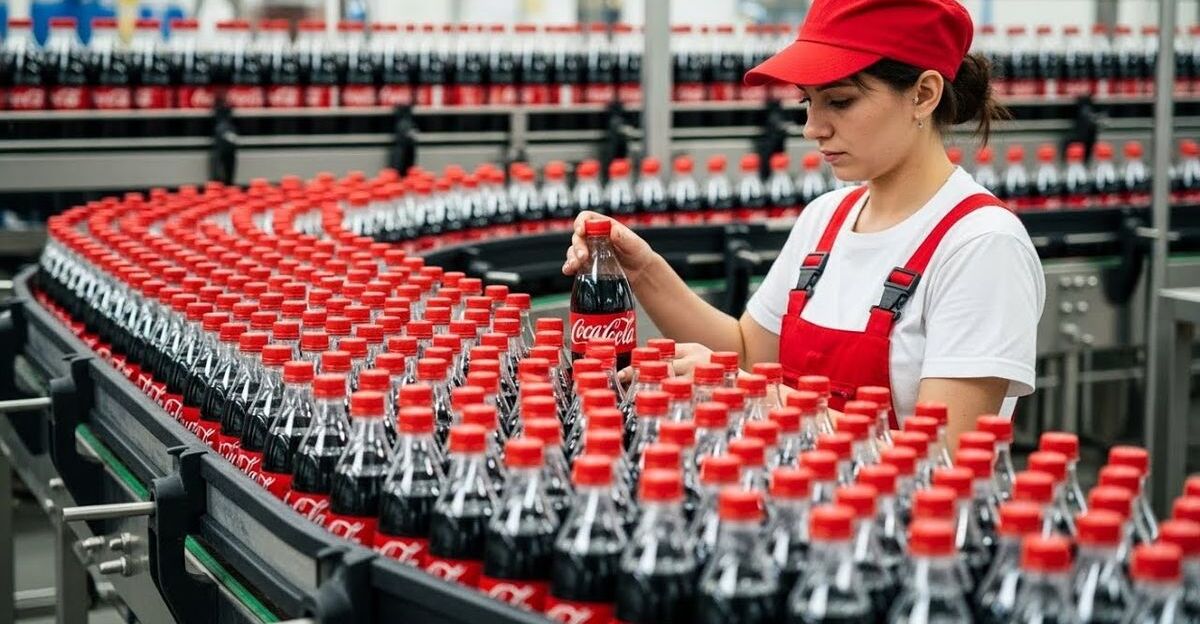
This event underscores the importance of quality management in large-scale production. Supply-chain surveillance systems are critical for early detection and containment.
Reports highlight that major brands often identify and resolve such issues internally before products reach widespread distribution.
Another Class II Recall

PepsiCo recalled select bottles of Lipton Green Tea Citrus in October 2025 after discovering a labeling error. Bottles were wrongly marked as Diet Green Tea Mixed Berry, even though they contained 25 grams of sugar.
The FDA classified this as a Class II recall. The issue affected 2,854 cases shipped to ten states, including Texas. People with diabetes were advised not to drink these mislabeled bottles.
Broader Economic Effects

Economic analysts forecast a minimal long-term impact on Coca-Cola’s finances, as the recall affects only a small portion of its sales in Texas.
Quick action and transparency helped limit inventory loss and protect the brand reputation. Stock market reactions were muted, and no significant decline in share value was observed.
Consumer Sentiment Remains Strong
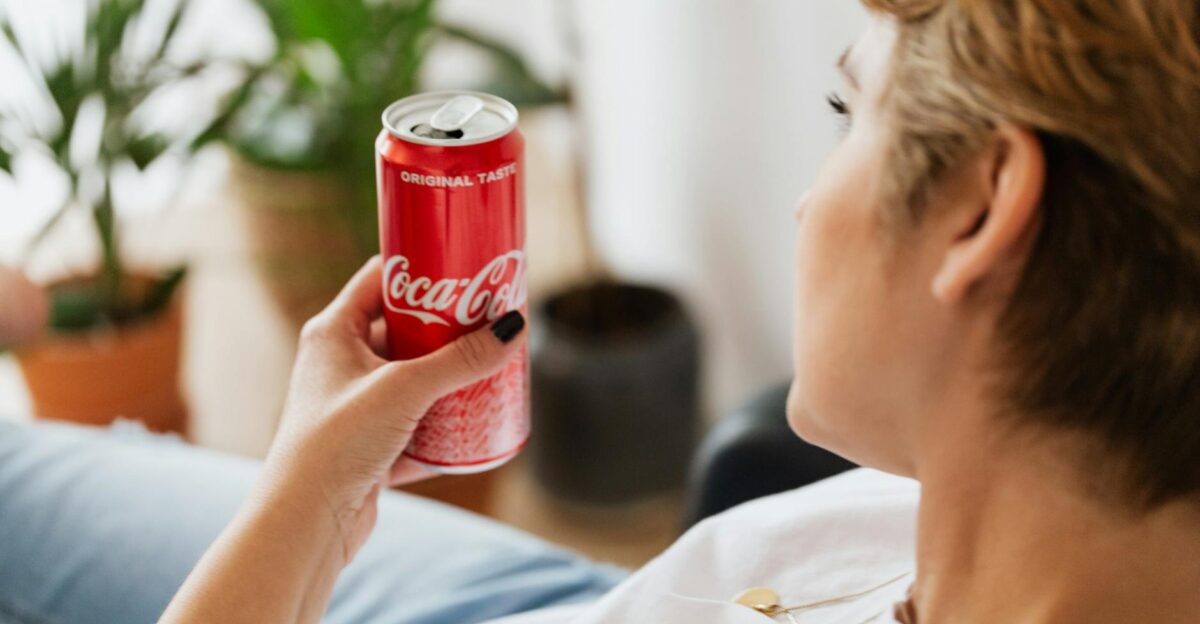
A Coca-Cola spokesperson responded quickly to the Texas recall, removing affected cans from store shelves “out of an abundance of caution.”
According to the Brand Finance Food & Drink 2025 and Non‑Alcoholic Drinks 2025 reports, Coca‑Cola remains the world’s most valuable non‑alcoholic beverage brand.
It retains an AAA+ brand strength ]\rating, marking more than a decade at the top of its sector. Brand Finance attributes Coke’s leadership to strong global recognition, emotional marketing, and consistent quality messaging .
Maintaining Consumer Trust

Coca-Cola’s dual focus—on recall management and product innovation—signals renewed attention to safety and integrity.
The introduction of cane sugar variants and strengthened oversight measures positions the company for resilience in the upcoming decade. Analysts expect the brand to maintain its leadership in both quality and consumer trust.